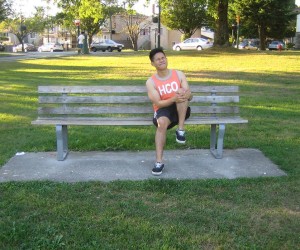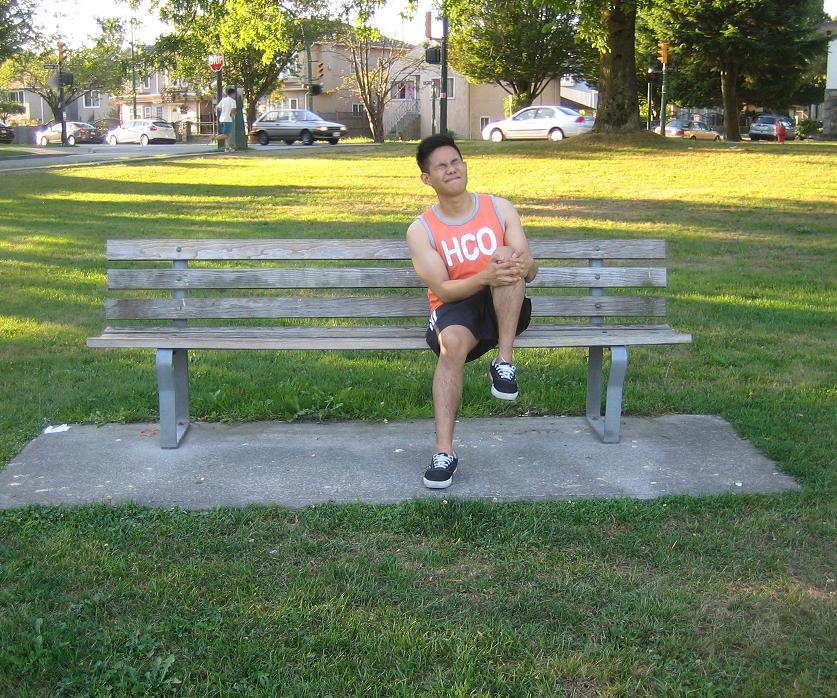Knee pain that occurs while playing soccer is a common complaint among young players. As one of the preferred sports by children, experiencing knee pain can put a player on the sidelines depending on any underlying conditions and injuries.
Abrupt stops, rapid changes in direction and techniques while handling the ball can place substantial wear and tear on the patella and the soft tissues surrounding the knee, thus resulting to knee pain. Detecting the exact cause and management of knee pain can prevent any developmental complications as well as further injury.
Other additional symptoms
Aside from the knee pain, young players can also suffer from inflammation, irritation, swelling of the knee, warmth, redness, aching in the area or a grinding or popping sound while walking.

Children can also suffer from piercing, stabbing sensation while squatting, jumping or climbing down the stairs. One or all symptoms can be present. Initially, the symptoms are only noticeable right after practice or a game. Nevertheless, as the injury becomes worse, the knee pain often occurs during the game or when the player tries to increase his/her performance level.
What are the potential causes?
Patellofemoral dysfunction is described as an injury affecting the cartilage between the thigh bone and knee cap due to repetitive jumping and running. This condition is the most common cause of knee pain while playing soccer.
The knee pain can also occur when excessive pressure is applied on the thigh bone during a game which causes the cartilage below the patella to wear out.
Overuse of the muscles and tendons by excessive running and jumping can also lead to the development of Osgood-Schlatter disease in which a sore bump develops in the area where the kneecap connects to the shin. In severe cases, the knee pain can be due to a stress fracture from a direct blow to the knee or a tear on the anterior cruciate ligament.
When to seek care
Young players should be carefully assessed by a doctor at the start of knee pain. The treatment usually depends on the nature of the injury. Nevertheless, players must rest until all the symptoms subside, wrap the knee using a compression bandage or brace, apply a cold compress and elevate the affected limb.
Anti-inflammatory medications can help reduce the pain, inflammation and swelling. As for serious cases, such as ACL or fracture, surgery is needed to repair the damaged cartilage, ligament or bone.
Prevention
Young players must warm up properly with light 5-minute cardiovascular activity such as jogging to help prevent knee pain and injury. Additionally, stretching the hamstrings, calves, inner thighs and hip flexors before activity can prevent injury.
The lower body muscles should also be strengthened with 20-minute strengthening exercises. The exercises will help build up the leg muscles as well as prevent injury. In addition, using supportive soccer cleats can also prevent injury.

